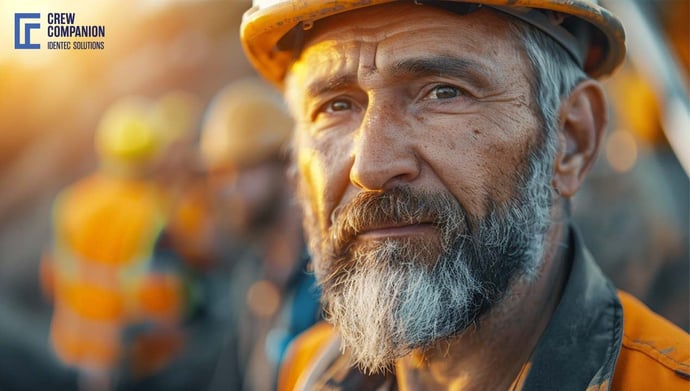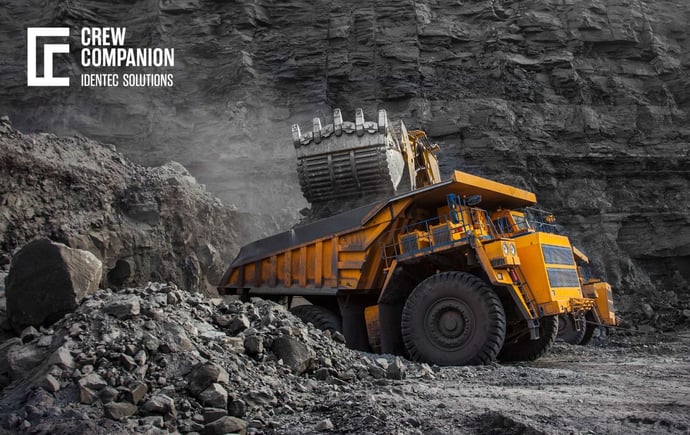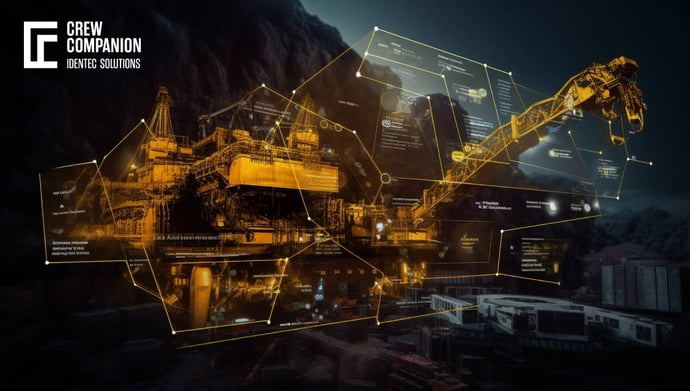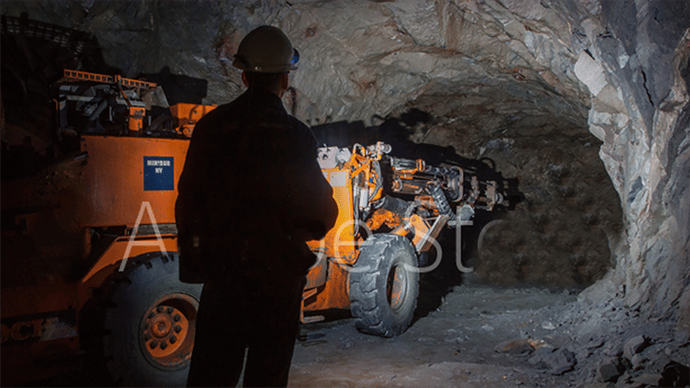Mining Safety Topics and the latest trends in the Industry
| Written by Michal Wozniakowski-Zehenter
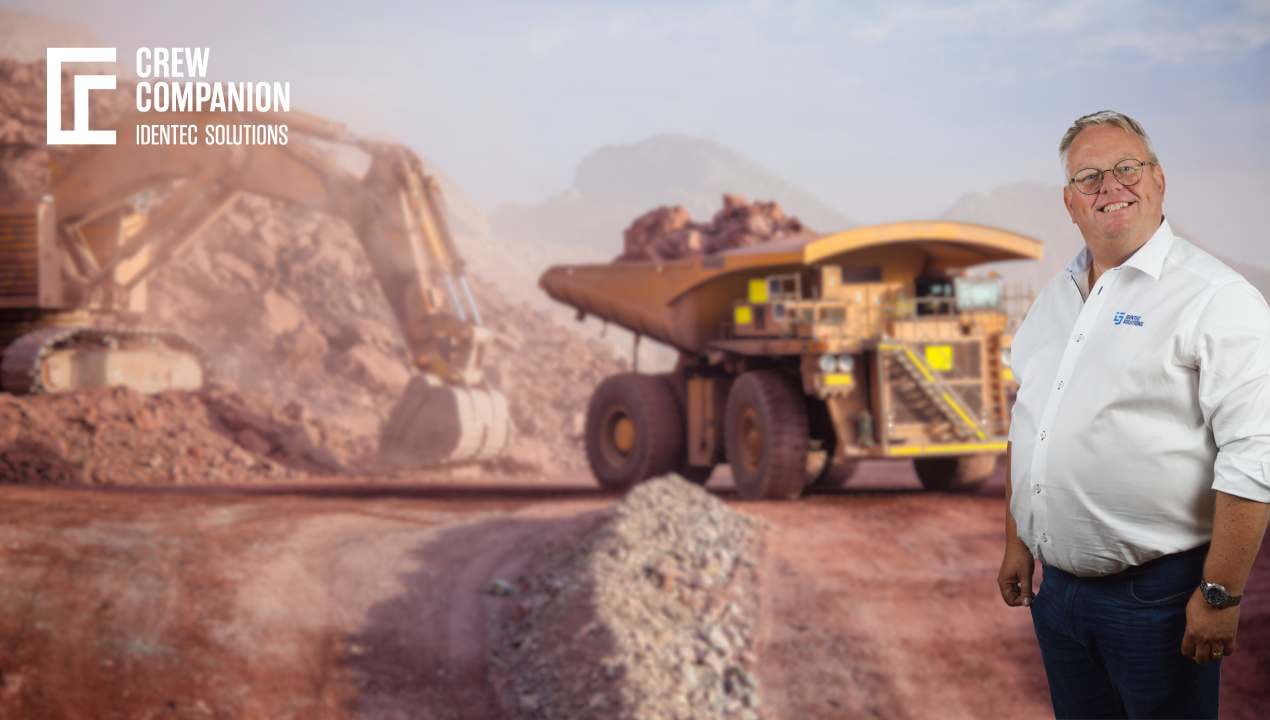
No video selected
Select a video type in the sidebar.
After visiting multiple fairs and expos – CIM in Montreal, Canada, Underground Operator Conference in Brisbane, Australia, and EXPOMIN in Santiago, Chile, our expert - Geir Nerbø, VP of Sales for Safe Mining, has answered the most burning questions about the industry and mining safety topics. Geir's background is from the Norwegian army, working as a communication systems technician, especially as a system engineer for the Norwegian Field Artillery, with responsibilities for the system calculating the ballistics data. He added a bachelor's in Computer science (University of Agder) and started a sales career, where he spent the last 14 years at IDENTEC SOLUTIONS.
He manages the Safe Mining vertical with customers in Scandinavia and South America. In his spare time, he enjoys spending time at his cabin in the Norwegian forests and riding his BMW motorbike for longer distances.
Geir is a long-time advocate of safety in the mining industry.
What are the main Mining Safety Topics in 2023?
Geir, wow, you've travelled a lot recently! Visiting fairs and conferences on three different continents. What kind of mining safety topics are hot from what you have seen, and how is the mining industry doing in 2023?
As an observer of the mining industry, I've noticed that a lot is happening in this field. Despite the challenges posed by the pandemic, the industry is making a remarkable comeback and is focused on meeting the growing ESG expectations. Additionally, there's a noticeable shift towards low-carbon value chains, which is a welcome move towards sustainability. However, geopolitical risks and inflationary pressures still hold some operators from committing to significant investments. Nonetheless, the industry seems to be heading in the right direction, and I'm excited to see what the future holds for this vital sector.
The global mining market has been steadily growing over the past few years, with an impressive CAGR of 6.1%. However, the ongoing conflict between Russia and Ukraine has damaged the chances of a quick global economic recovery from the COVID-19 pandemic. The war has resulted in economic sanctions on several countries, causing a surge in commodity prices, supply chain disruptions, and inflation across goods and services. These factors have ripple effects on numerous markets worldwide, including the mining industry.
Despite the challenges posed by the Russia-Ukraine conflict, the mining market is projected to continue its growth in the coming years, with a CAGR of 6.7% and an expected value of $2775.5 billion by 2027. This growth can be attributed to several factors, including increasing demand for minerals and metals in various construction, electronics, and automotive industries. The mining sector is also benefitting from advancements in technology, which have made it possible to extract minerals more efficiently and sustainably.
However, the mining industry must also contend with several challenges in the coming years, including increasing concerns over environmental impact and the need to adopt more sustainable practices. Additionally, geopolitical tensions and trade disputes between nations could impact the industry's growth. Despite these challenges, the mining sector is poised for continued growth and innovation in the years to come.
Have you seen any differences between different continents of what is the focus right now and the mining safety trends?
When Crew Companion was just starting out, the focus on worker safety was already ahead of its time in the Scandinavian market. The authorities were already implementing regulations on safety systems to ensure that safety was integrated into the mining and tunnelling industry. As we've expanded operations to other parts of the world, we've discovered differences in how operators approached safety. Some operators wanted to combine safety measures with time and attendance tracking to prioritise safety and productivity. Today, the focus on worker safety is increasing all around the world; there is also a clear trend towards digitalisation and automation in the industry.
The mining industry has seen a significant improvement in underground safety with the advent of digitalisation, one of the hottest mining safety topics. Real-time monitoring, remote operation and automation, VR and AR technologies, wearable technology, and data-driven safety management have all contributed to reducing accidents and injuries in mines. These technologies have made it possible to detect potential hazards and address them before they become a problem. It has also enabled workers to perform tasks remotely, reducing the risk of injury and exposure to harmful substances.
However, digitalisation also presents new challenges, such as cybersecurity risks and the need for upskilling the workforce. With the increasing use of technology, there is a greater risk of cyber-attacks and data breaches. It is essential to implement robust cybersecurity measures to protect against these threats. Additionally, workers need to be trained to use new technologies and systems and to adapt to changing work environments.
A holistic approach to digital transformation is essential for addressing these challenges. This involves implementing new technologies and ensuring that workers have the necessary skills to use them safely and effectively. It also requires a focus on cybersecurity, with regular assessments and updates to ensure that systems remain secure. By taking a comprehensive approach to digital transformation, the mining industry can continue to improve safety while addressing new challenges.
Learn more about Mine Risk Management in our latest whitepaper.
Is mining safety still a vital topic globally, or can you see that current local laws and guidelines have brought this topic to the highest possible level in some areas?
Although safety is a crucial topic for the mining industry, there are still some areas around the globe where safety initiatives are being sabotaged due to worker resistance towards being tracked and monitored. However, it is essential to prioritise worker safety and explain to workers why investing in safety is critical. As the mining industry continues to evolve, there is a clear trend towards digitalisation and automation, which can further enhance safety measures such as proximity detection and collision alerting to prevent accidents. Educating workers about the benefits of safety solutions like Crew Companion is crucial, which can help operators find and assist workers in emergencies. By prioritising safety and investing in the right tools, the mining industry can ensure that workers are protected and that operations run smoothly, even in the face of unexpected challenges.
Mining safety is a crucial aspect of the mining industry, and it varies significantly between continents. Developed regions such as North America and Europe have more established safety regulations and advanced technology, which has resulted in fewer fatalities and injuries in the industry. However, developing regions such as Africa and Asia face unique challenges, such as inadequate resources, lack of training, and inadequate infrastructure. These challenges have resulted in more fatalities and injuries in the mining industry.
Efforts are being made globally to improve mining safety standards and ensure worker well-being. Governments and regulatory bodies are implementing stricter regulations, while mining companies are investing in new technologies such as automation and monitoring systems to improve safety. Additionally, there is a growing awareness of the importance of safety culture in the mining industry. This means that mining companies are placing more emphasis on training, communication, and collaboration to ensure that safety is a top priority for all workers (read more about personnel tracking underground)
The mining industry still has a long way to go in improving safety standards, particularly in developing regions. However, with global efforts being made to improve mining safety, there is hope that we can reduce the number of fatalities and injuries in the industry and ensure the well-being of all workers.
Continue reading here about mine safety equipment.

What's new in 2024?
The latest 2024 EY Survey - "the 2024 ranking of the top business risks and opportunities in mining and metals" (1) reveals significant insights into the sector, including mining safety topics. It highlights that as the industry competes for investments, the importance of capital has increased. This is to support faster exploration and development of crucial minerals and metals needed for the energy transition. Additionally, there's a shift from prioritizing short-term returns to focusing on long-term value to support the 2050 net-zero goals.
The sector has ramped up technology adoption to boost productivity in response to inflation. The urgency to innovate has also moved cybersecurity risks into the top ten concerns due to increased technological deployment. Meanwhile, supply challenges have pushed companies to adopt circular economy principles to minimize waste, indicating a growing executive awareness of sustainability.
The survey suggests that addressing the complex and interconnected environmental, social, and governance (ESG) issues requires a new approach. Instead of viewing ESG compliance as a costly legal obligation, it should be seen as an opportunity to create genuine value. Effective prioritization and scenario planning are essential for miners to manage potential trade-offs and achieve a lasting positive impact.
Takeaway
Mining safety continues to be a vital global topic, with varying degrees of progress and challenges across different regions. As digitalization and automation become more prevalent, technologies like real-time monitoring, remote operation, and data-driven safety management have significantly improved safety outcomes in mines. However, these advancements also bring new challenges such as cybersecurity risks and the need to upskill the workforce. It is imperative for the mining industry to adopt a holistic approach to digital transformation, encompassing robust cybersecurity measures and comprehensive training programs. While safety initiatives may face resistance in some areas, educating workers about the benefits of safety solutions is crucial. By prioritizing worker safety and investing in the right tools, the mining industry can protect its workforce and ensure smooth operations. As global efforts continue to improve safety standards and foster a strong safety culture, the industry moves closer to its goal of reducing fatalities and injuries and safeguarding the well-being of all workers, regardless of geographical location.
Enjoy our webinar about safety culture and mining - with Geir! No registration is necessary; the webinar takes 25 minutes. Access it here: Webinar Safety Culture and Mining
Dive into one of our core topics: Miner Safety
Glossary
Cybersecurity in mining – As mining becomes a high-tech, data-driven industry, cybersecurity is crucial for protecting financial assets, operational efficiency, safety, and reputation. Cyber breaches pose significant risks, requiring a multidisciplinary approach that integrates leadership, IT and OT infrastructure, and risk assessment.
Building cyber-resilient teams is essential. With increasing reliance on AI and IoT, mining companies must develop skilled cybersecurity professionals to safeguard operations. Effective cybersecurity begins with well-trained personnel who can identify threats, implement protective measures, and ensure secure digital transformation. A proactive approach helps mitigate risks and strengthen the industry's resilience against cyber threats. (2)
Sources:
(1) https://www.ey.com/en_us/insights/energy-resources/risks-opportunities
(2) https://theintelligentminer.com/2024/11/20/securing-mining-operations-cybersecurity-perspectives-for-a-digitally-driven-sector/
Note: This article was updated on the 11th of February 2025

Author
Michal Wozniakowski-Zehenter, Marketing Manager
Michal Wozniakowski-Zehenter is an experienced marketing and project management professional. He spent most of his career on projects with a strong focus on digital marketing and event management. He is a very active voice representing offshore and mining industries through social media channels. Michal writes mainly about offshore oil and gas, renewable energy, mining and tunnelling. Compiling and sharing the knowledge within industries is one of his goals.

